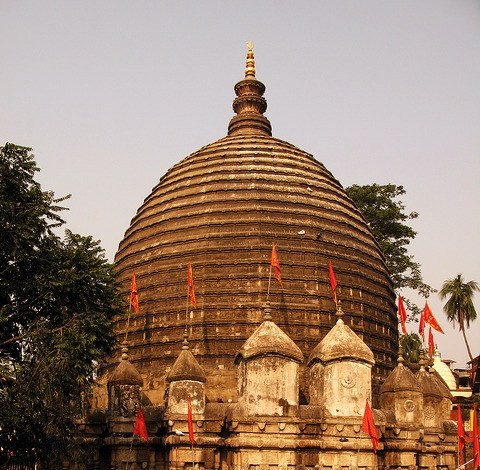Armenia: The Dramatic Beauty of Ancient Monasteries
In Armenia, architectural treasures are not just silent giants of stone; they are living testaments to people who have weathered empires and earthquakes
Nestled amidst the emerald embrace of the Caucasus Mountains, Armenia is a land, where time whispers through wind-kissed tufa stone and history unfolds in every intricate carving. Stepping through time in Armenia, the cradle of Christianity, I felt as if each architectural gem divulged tales of bygone epochs. Sun-baked stone monasteries, etched with the stories of saints and kings, stood sentinel atop windswept hills. Within their hallowed halls, ancient frescoes danced in the flickering candlelight, depicting the tribulations of faith that found its first state home here.
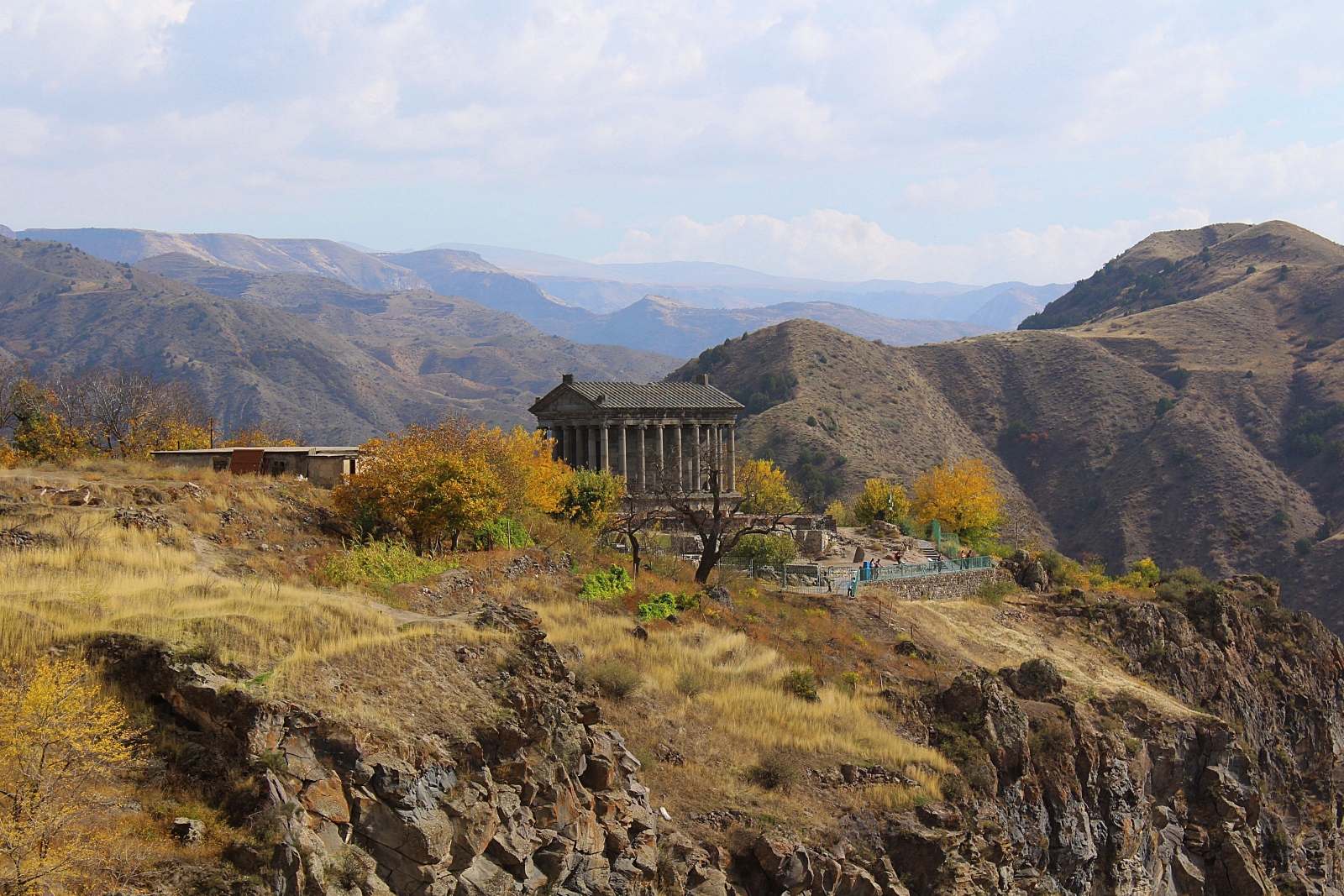
These are no mere piles of mortar and brick; they are exemplifications, etched in defiance of time, to people’s unyielding spirit. Venture beyond the city walls, where time seems to meander along forgotten mountain paths. Feel the wind tug at your hair as you gaze upon the panorama below, a tapestry woven from rolling hills and emerald valleys. Step into the hushed shadows of ancient cathedrals, and feel the weight of centuries press down upon you. Imagine the whispers of saints and martyrs clinging to the air, their stories intertwined with the delicate frescoes. Armenia’s architectural treasures are not just silent giants of stone; they are living spaces, where communities gather to worship, celebrate, and connect with their heritage. And where artists, musicians, and poets, draw inspiration to create new works of art.
Table of Contents
Monastery of Geghard
Armenia wraps its arms around me as I stand before the Monastery of Geghard. This UNESCO site isn’t just nestled in the embrace of the Azat River Gorge; it’s carved into its very soul, a monument sculpted by the river’s gentle chisel over millennia. Tradition whispers of its founding by St. Gregory the Illuminator himself, soon after Armenia adopted Christianity as its state religion in the 4th century AD. Back then, it was known as Ayrivank, the “Monastery in the Cave,” an ode to its early rock-cut origins. My fingers trace the intricate carvings on the cave’s face, each a delicate line etching tales of whispered prayers. Sunlight, filtering through the cleft rock ceiling, dances on the bas-reliefs, bringing stories of saints to life before my eyes. Here, the air itself hums with an ancient reverence. Stepping onto the grounds, I embark on a journey through Armenian history, spanning from the 4th to the 13th century.
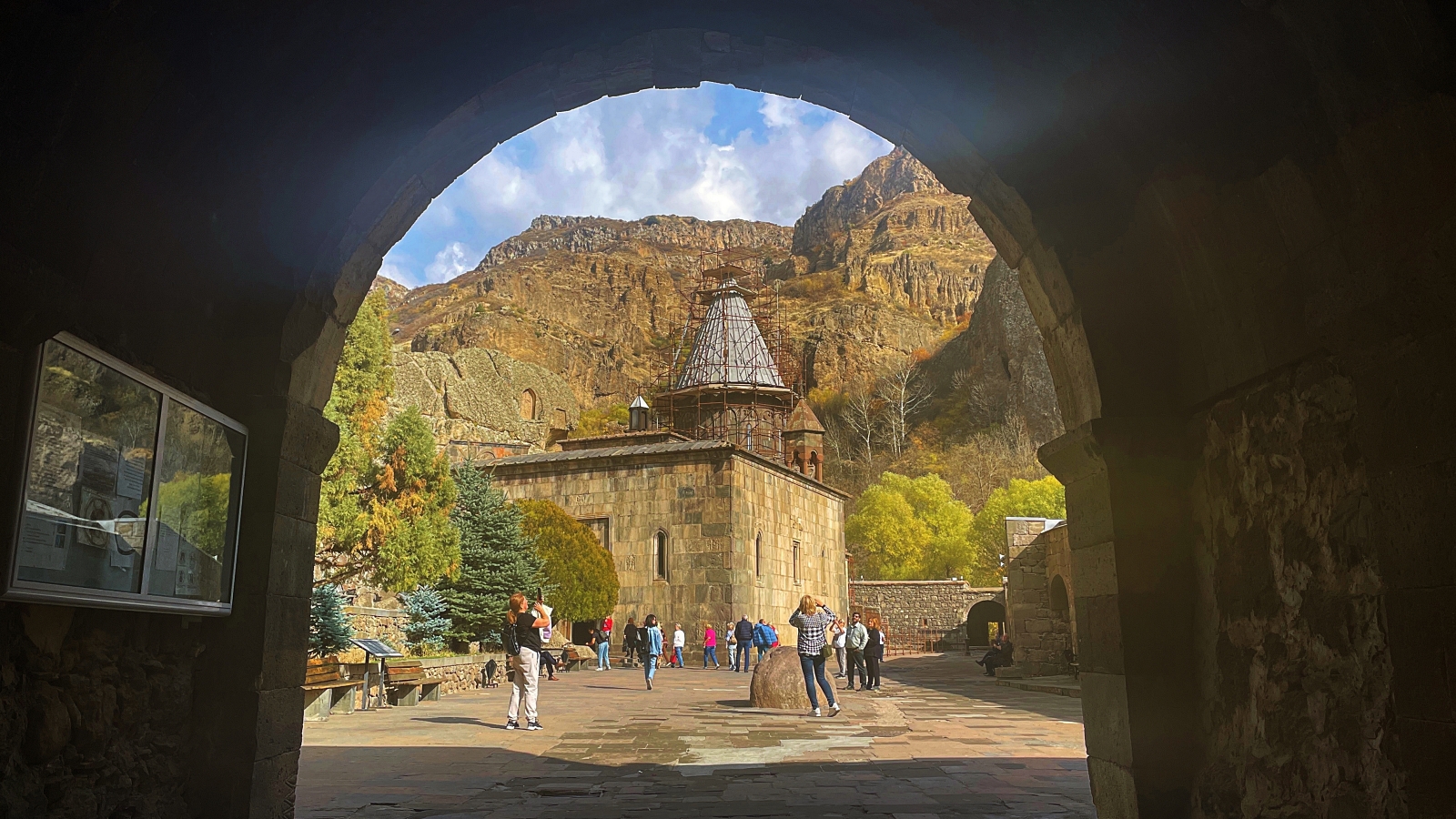
My first stop was the Kathoghikè, the main church. Its classic Armenian form, an equal-armed cross inscribed in a square and crowned with a majestic dome, exuded timeless elegance. As I traced the finely finished masonry of the external walls, my fingers brushed against inscriptions recording the generosity of past donors. Across the rolling plains, my gaze soars to St. Astvatsatsin, the Mother Cathedral. Stepping under its vaulted arches, I’m enveloped in a symphony of hushed prayers and flickering candlelight. The scent of incense hangs heavy, a tangible thread weaving the present to the distant past. Legend whispers of the monastery’s most celebrated relic – the spear that pierced Christ on the Cross.
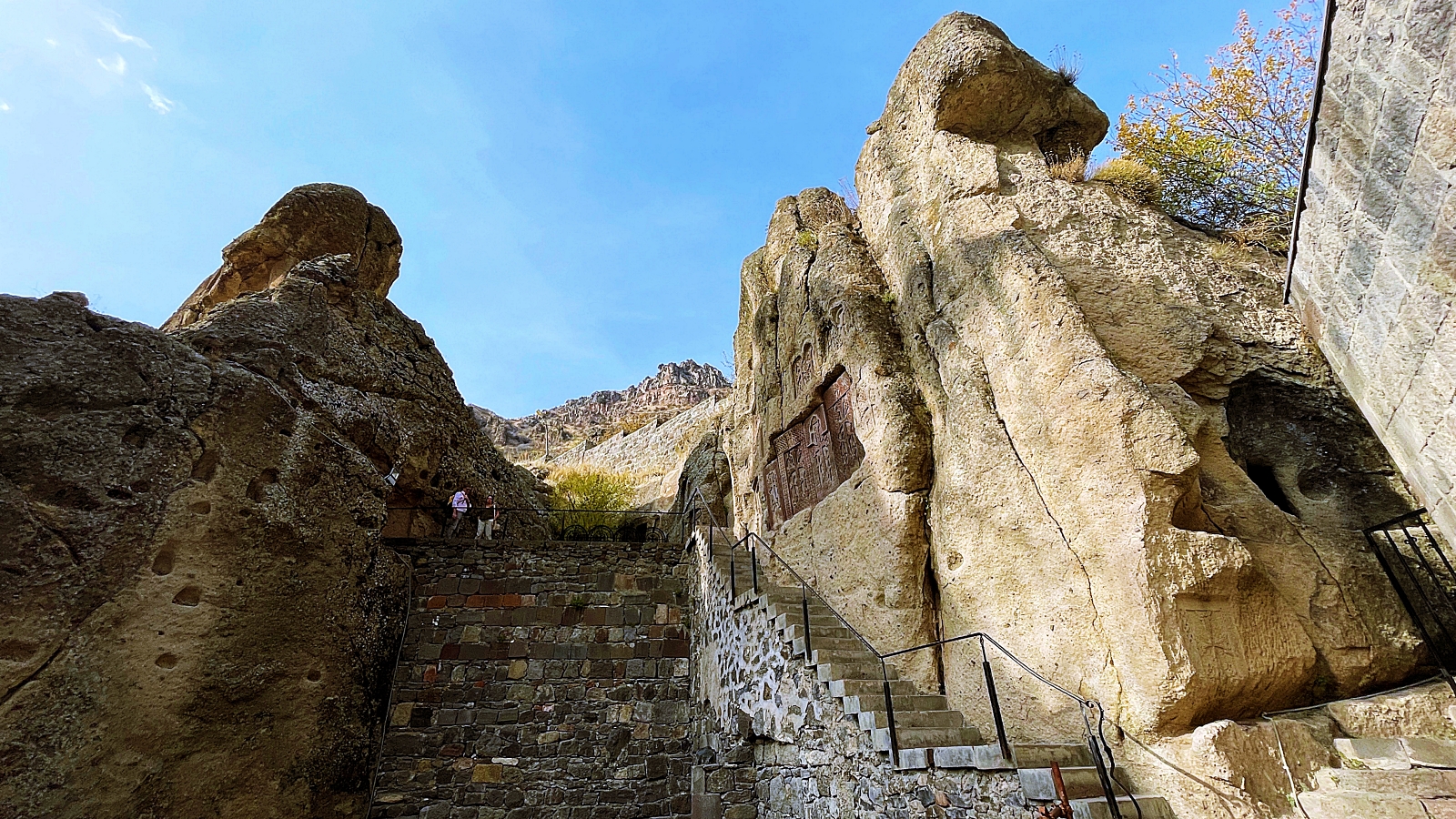
Allegedly brought to Armenia by the Apostle Thaddeus, it earned Geghard its current name – Geghardavank, the Monastery of the Spear. For 500 years, this holy artefact resided within these walls, a silent witness to countless prayers and pilgrimages. Though the spear is now housed elsewhere, its legacy continues to imbue Geghard with a mystical aura.
Hellenistic Temple of Garni
As my Armenian odyssey unfolded, the road led me to the very doorstep of time itself. There, bathed in the warm glow of the Armenian sun, stood the Garni Temple, a sentinel defying the march of centuries. This lone survivor of Armenia’s pre-Christian past murmurs legends of the Greco-Roman era. Built in the 1st century AD, this pagan brethren stood defiantly atop a triangular cliff, a sentinel guarding the secrets of the past. The Azat River gorge, once a sanctuary for Mithra the sun god, whispered tales of ancient rituals beneath my feet. As I drew closer, the temple’s 24 fluted columns, like the weathered arms of giants, seemed to reach out in welcome. Their Ionic elegance, carved from basalt, gleamed under the warm kiss of the Armenian sun.
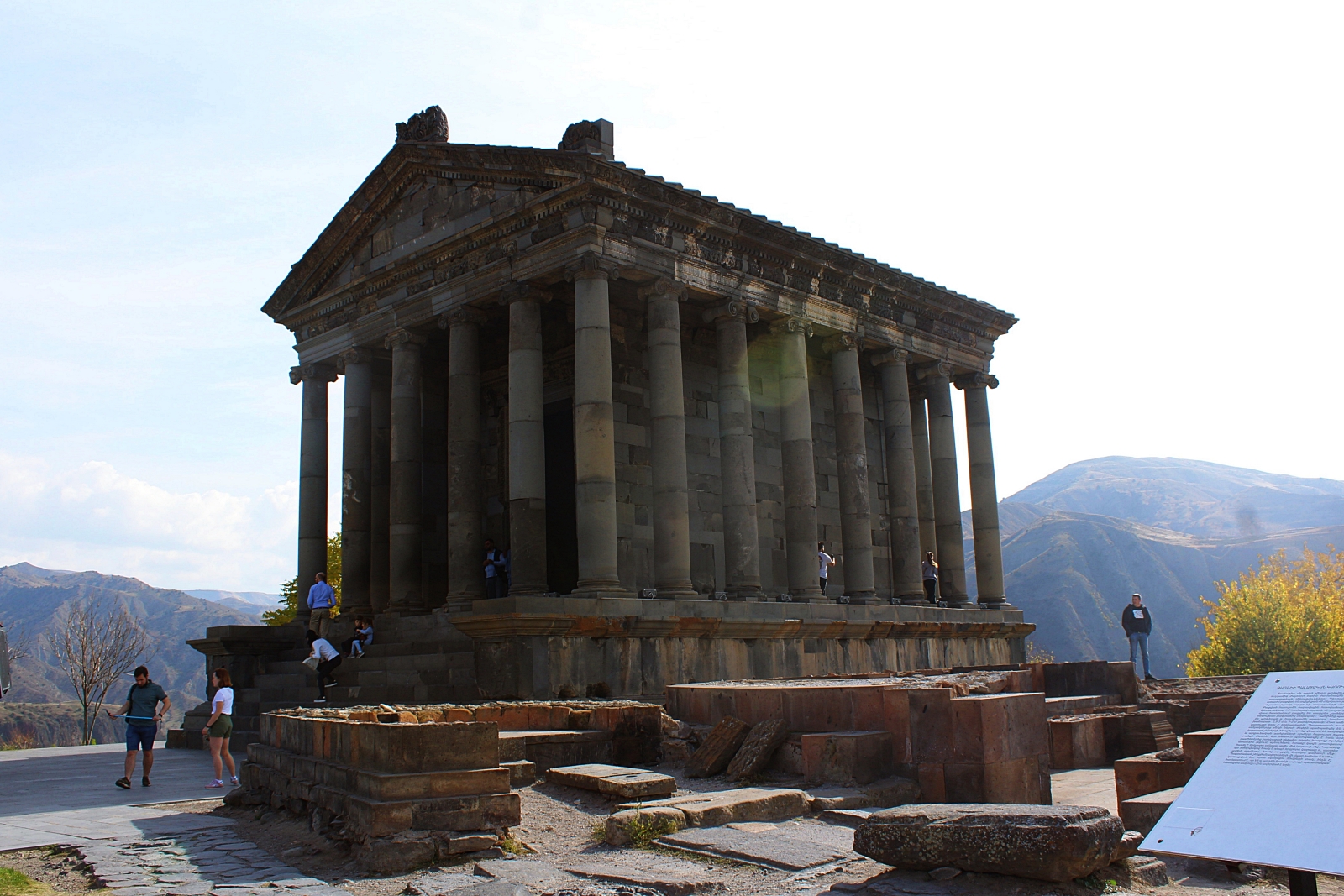
The temple’s interior, though worn by the march of centuries, held a quiet power. Sunbeams slanted through cracks in the roof, painting fleeting patterns on the stone floor. In the hushed stillness, I could almost hear the whispers of prayers offered to Mithra millennia ago. Exploring further, I traced the delicate friezes adorning the temple walls, each one a story etched in stone. These silent guardians whispered of a civilization that had thrived and faded, leaving behind only this breathtaking testament to its existence. Leaving the temple, I stood once more on the precipice, gazing out over the vast Armenian landscape. The sun dipped below the horizon, painting the sky in fiery hues. In that moment, I felt a profound connection to the past, to the people who had built this magnificent structure and worshipped within its walls.
Haghartsin Monastery
My Armenian adventure wouldn’t have been complete without witnessing the magic of Haghartsin Monastery. Nestled amidst the emerald embrace of Tavush Province, it rose from the mists of time, a 13th-century masterpiece whispering tales of the Bagratuni dynasty. But it was St. Astvatsatsin Church (1281) that stole my breath away. As I traced the delicate lines of its facade, my fingers brushed against stories etched in stone. Sunlight streamed through stained-glass windows, casting kaleidoscopic patterns on the floor. The silence, broken only by the occasional chirp of a bird, held a reverence that resonated deep within my soul. It was a space that transcended time, where the past and present intertwined in a tapestry of faith and beauty.
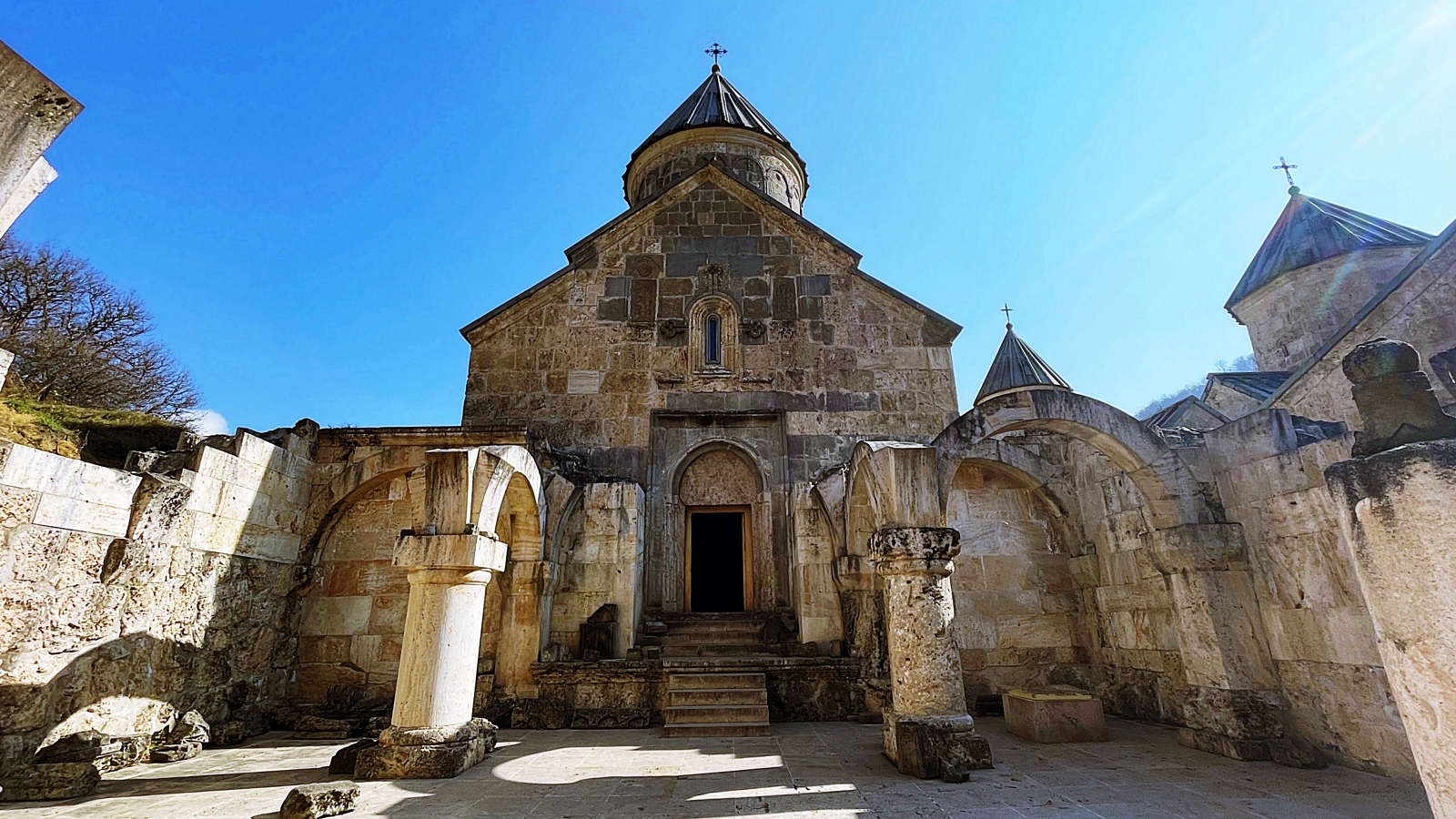
Wandering through the labyrinthine corridors, I stumbled upon hidden nooks and sun-drenched courtyards. In that moment, I wasn’t just a visitor; I was a pilgrim, stepping through the centuries, guided by the echoes of a glorious past. Haghartsin’s sixteen-faced dome, a crown of intricate arches and geometric patterns, soared towards the heavens, each facet catching the sunlight like a celestial eye. But the magic of Haghartsin extended beyond its walls. The surrounding landscape, a verdant emerald cloak draped over valleys, provide a serene counterpoint to the architectural grandeur. Lush forests breathe secrets in the breeze, while wildflowers dotted the meadows like fallen constellations.
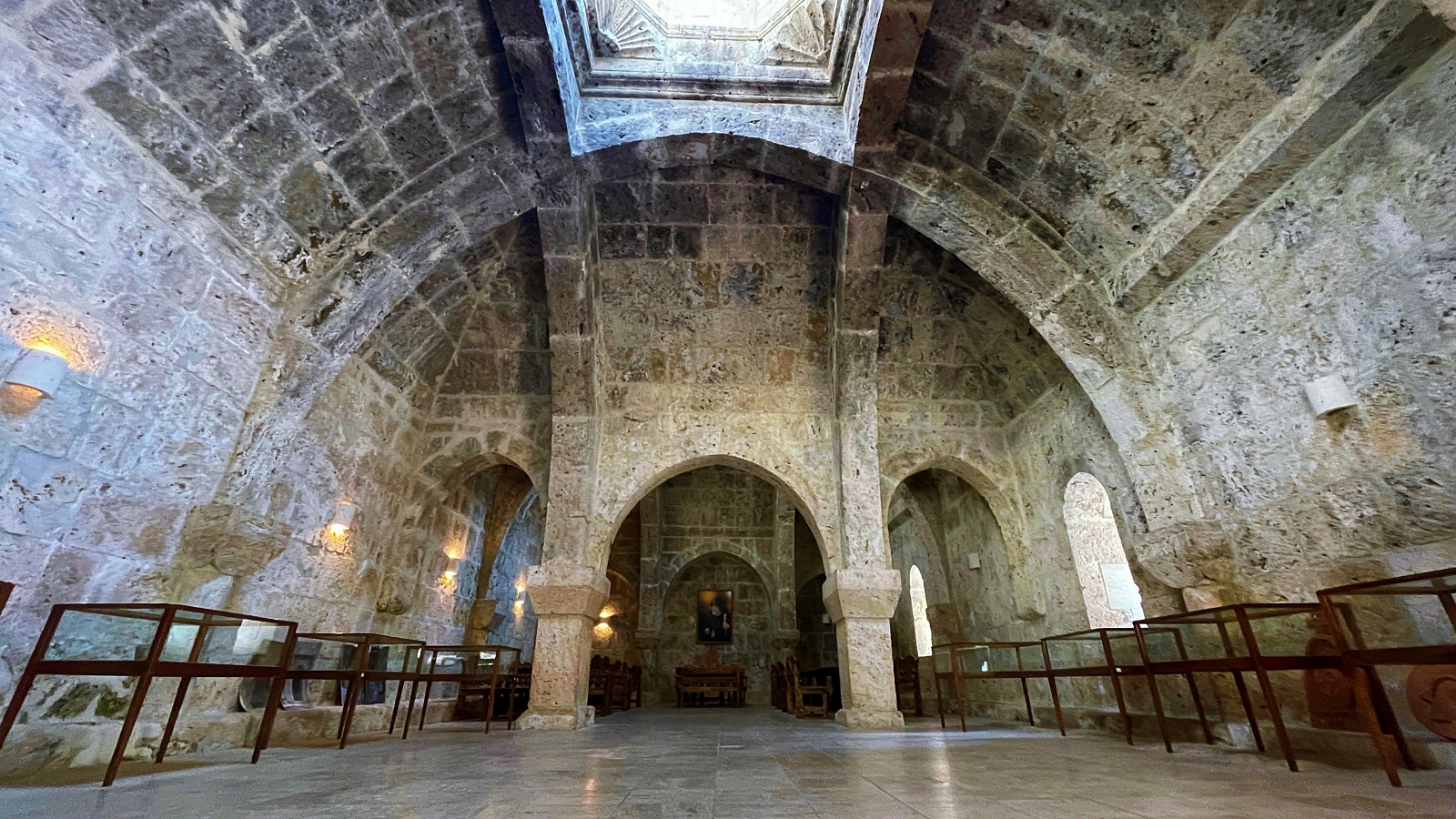
The Bagratuni dynasty may be gone, but their legacy lives on in the stones of Haghartsin, a testament to the beauty that transcends the test of time. Leaving Haghartsin, I carried with me more than just memories. I carried a piece of its magic, a newfound appreciation for the enduring power of art and faith. My Armenian adventure may have reached its crescendo at Haghartsin, but its melody continues to play on in my heart. The echoes of ancient chants, the whisper of wind through centuries-old stones, and the warmth of the Armenian sun on my skin – these are the souvenirs I take with me, treasures more precious than any gold.



